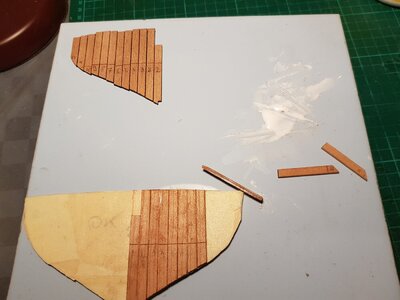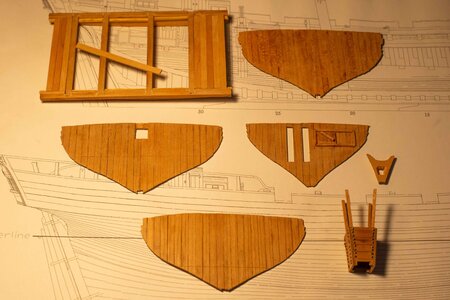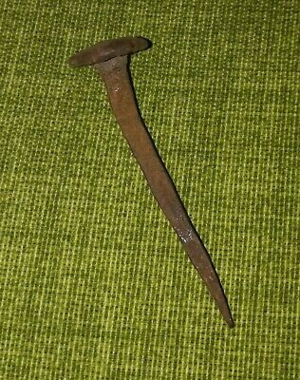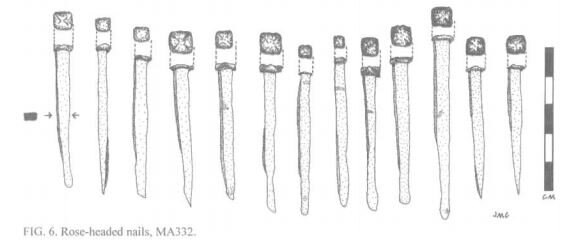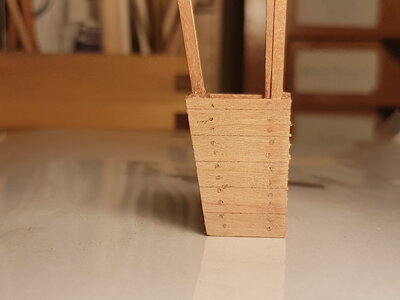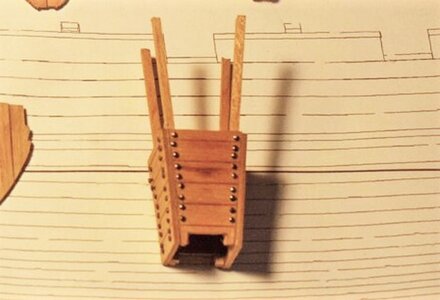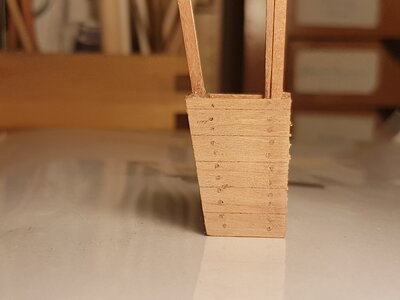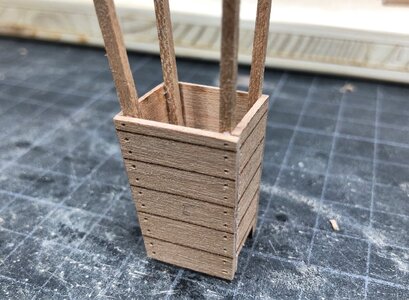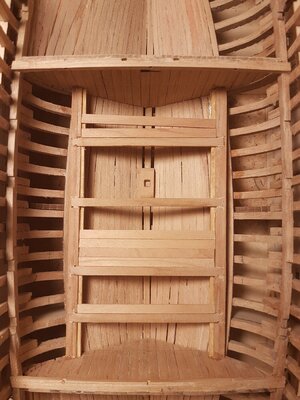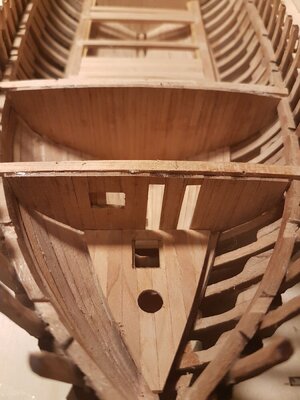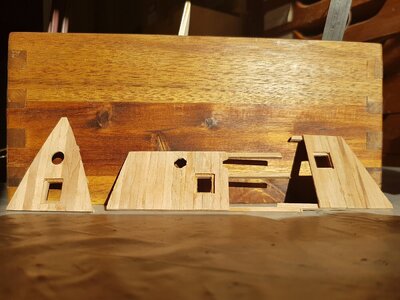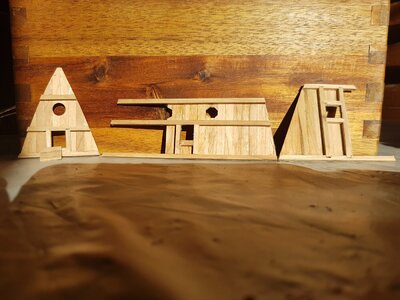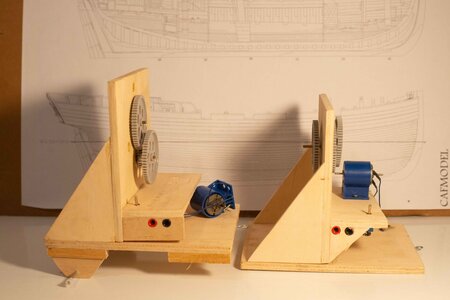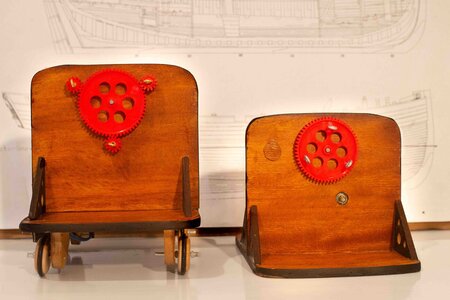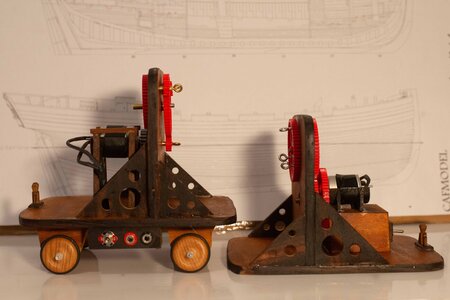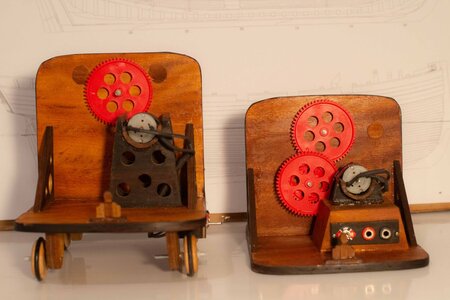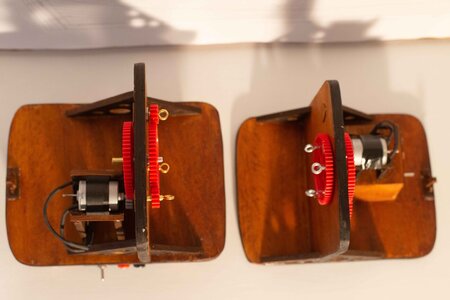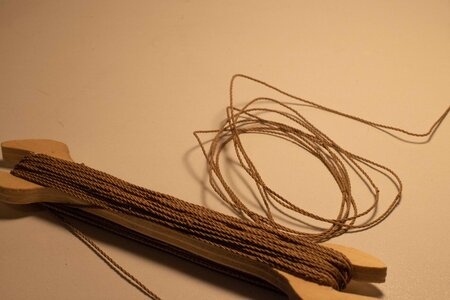The first bulkhrads on contruction
the system that I found most practical was to glue with a double-sided tape to the template a tape paper which is weakly adhesive
so it is easy to precisely position the pieces
for the glue nstead I spread a veil of glue on an old tile then put the edge of the strip in contact and everything is very clean (well.. almost)
the system that I found most practical was to glue with a double-sided tape to the template a tape paper which is weakly adhesive
so it is easy to precisely position the pieces
for the glue nstead I spread a veil of glue on an old tile then put the edge of the strip in contact and everything is very clean (well.. almost)


